Andreas Boes
Phase retrieval of programmable photonic integrated circuits based on an on-chip fractional-delay reference path
Jul 29, 2022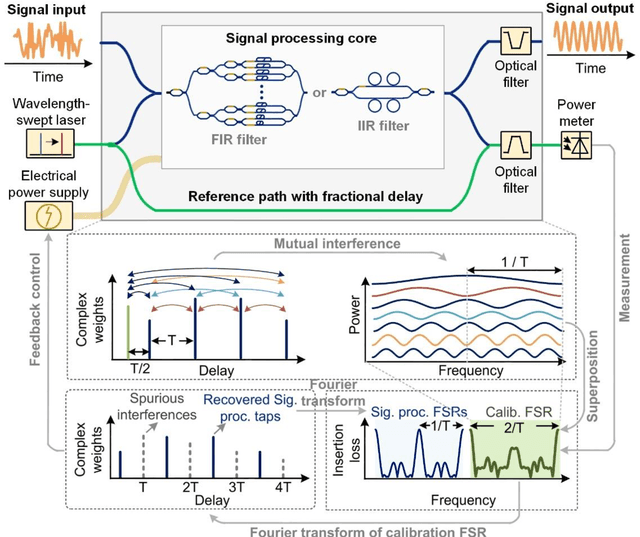
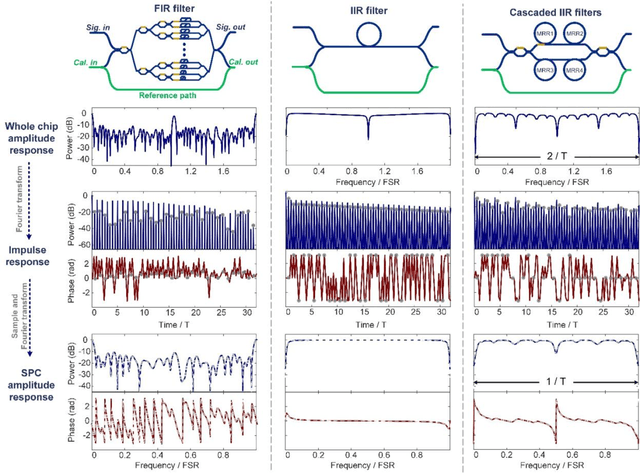
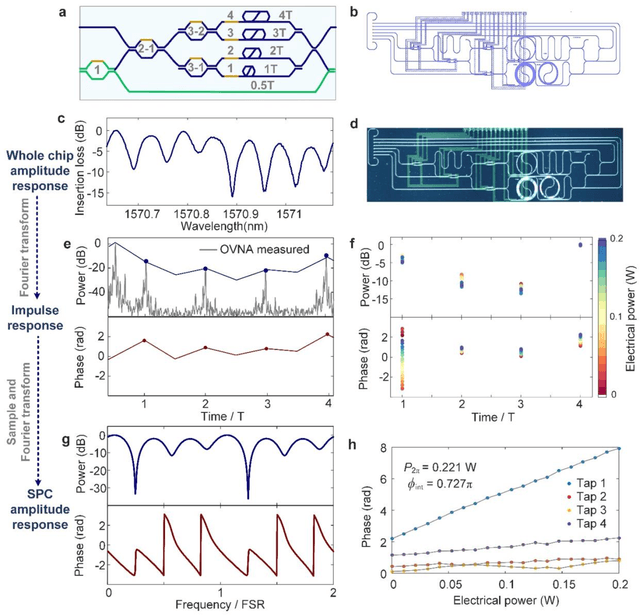
Abstract:Programmable photonic integrated circuits (PICs), offering diverse signal processing functions within a single chip, are promising solutions for applications ranging from optical communications to artificial intelligence. While the scale and complexity of programmable PICs is increasing, the characterization, and thus calibration, of them becomes increasingly challenging. Here we demonstrate a phase retrieval method for programmable PICs using an on-chip fractional-delay reference path. The impulse response of the chip can be uniquely and precisely identified from only the insertion loss using a standard complex Fourier transform. We demonstrate our approach experimentally with a 4-tap finite-impulse-response chip. The results match well with expectations and verifies our approach as effective for individually determining the taps' weights without the need for additional ports and photodiodes.
Hitless memory-reconfigurable photonic reservoir computing architecture
Jul 13, 2022



Abstract:Reservoir computing is an analog bio-inspired computation model for efficiently processing time-dependent signals, the photonic implementations of which promise a combination of massive parallel information processing, low power consumption, and high speed operation. However, most implementations, especially for the case of time-delay reservoir computing (TDRC), require signal attenuation in the reservoir to achieve the desired system dynamics for a specific task, often resulting in large amounts of power being coupled outside of the system. We propose a novel TDRC architecture based on an asymmetric Mach-Zehnder interferometer (MZI) integrated in a resonant cavity which allows the memory capacity of the system to be tuned without the need for an optical attenuator block. Furthermore, this can be leveraged to find the optimal value for the specific components of the total memory capacity metric. We demonstrate this approach on the temporal bitwise XOR task and conclude that this way of memory capacity reconfiguration allows optimal performance to be achieved for memory-specific tasks.
11 TeraFLOPs per second photonic convolutional accelerator for deep learning optical neural networks
Nov 14, 2020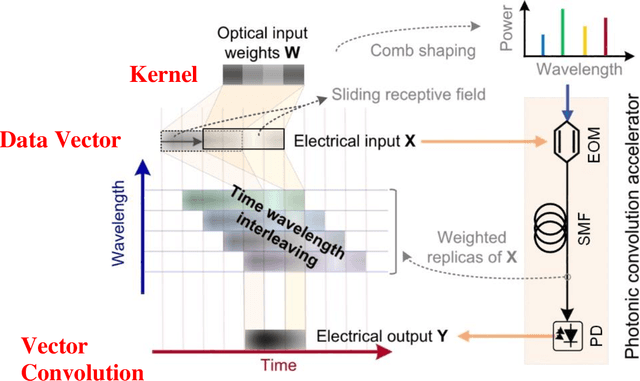
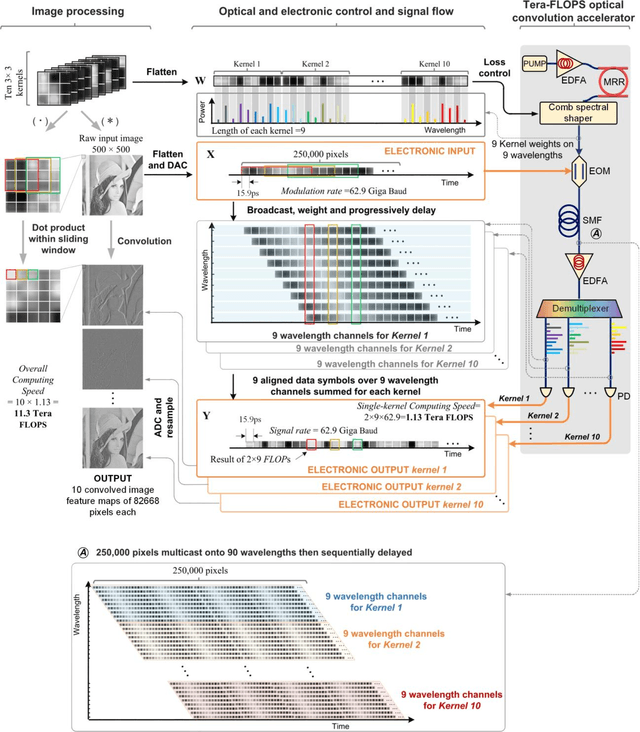
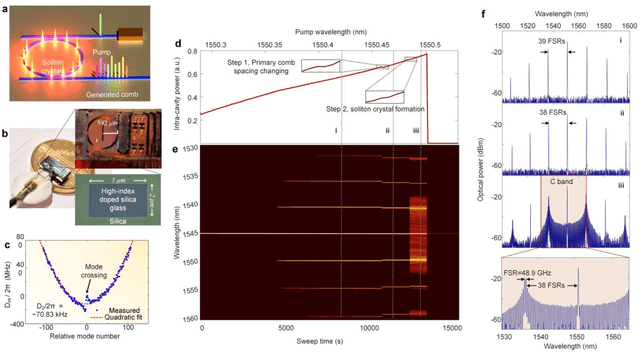
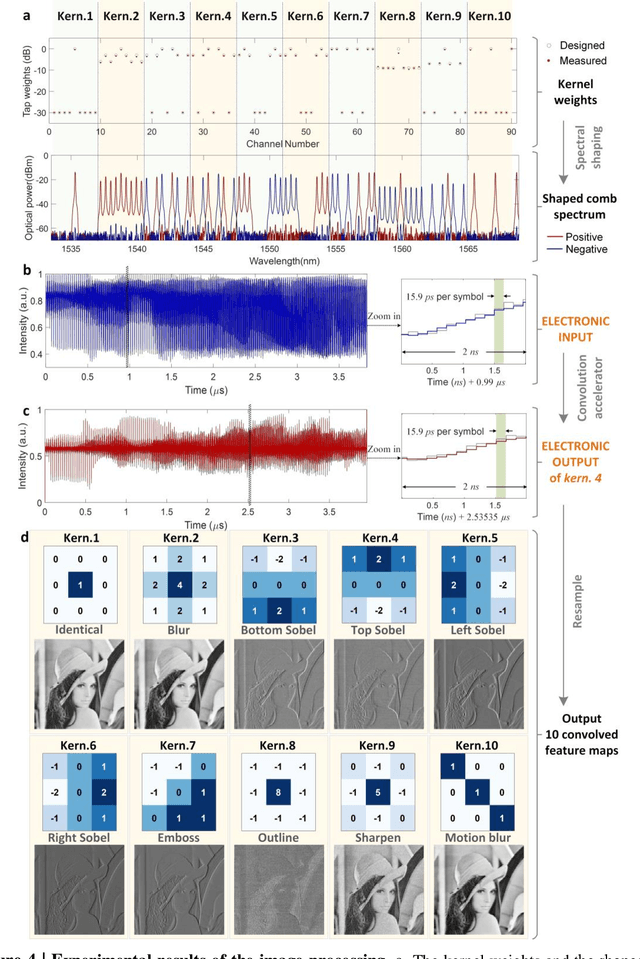
Abstract:Convolutional neural networks (CNNs), inspired by biological visual cortex systems, are a powerful category of artificial neural networks that can extract the hierarchical features of raw data to greatly reduce the network parametric complexity and enhance the predicting accuracy. They are of significant interest for machine learning tasks such as computer vision, speech recognition, playing board games and medical diagnosis. Optical neural networks offer the promise of dramatically accelerating computing speed to overcome the inherent bandwidth bottleneck of electronics. Here, we demonstrate a universal optical vector convolutional accelerator operating beyond 10 TeraFLOPS (floating point operations per second), generating convolutions of images of 250,000 pixels with 8 bit resolution for 10 kernels simultaneously, enough for facial image recognition. We then use the same hardware to sequentially form a deep optical CNN with ten output neurons, achieving successful recognition of full 10 digits with 900 pixel handwritten digit images with 88% accuracy. Our results are based on simultaneously interleaving temporal, wavelength and spatial dimensions enabled by an integrated microcomb source. This approach is scalable and trainable to much more complex networks for demanding applications such as unmanned vehicle and real-time video recognition.
 Add to Chrome
Add to Chrome Add to Firefox
Add to Firefox Add to Edge
Add to Edge